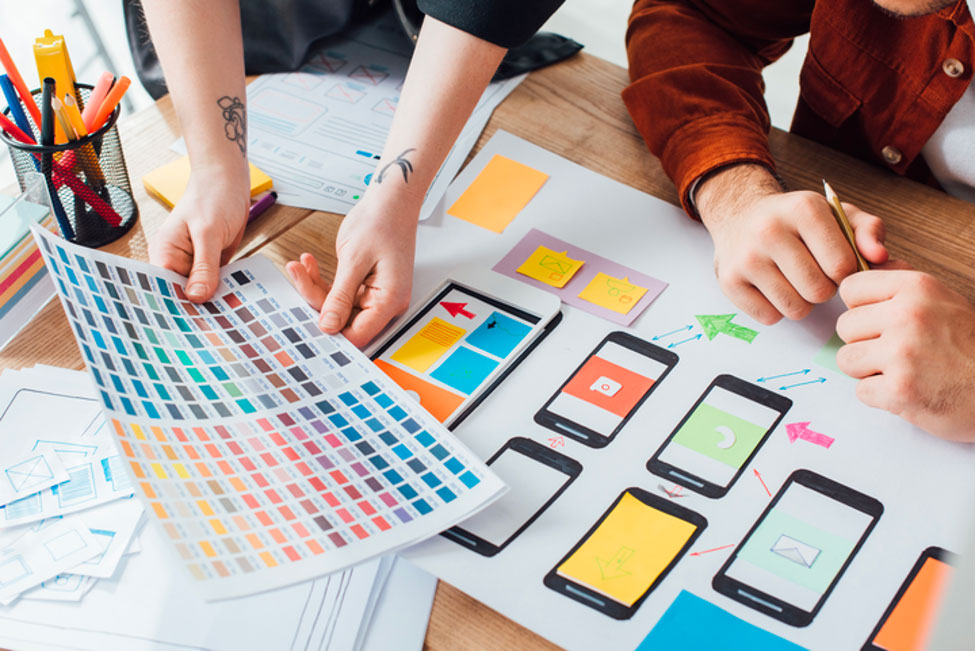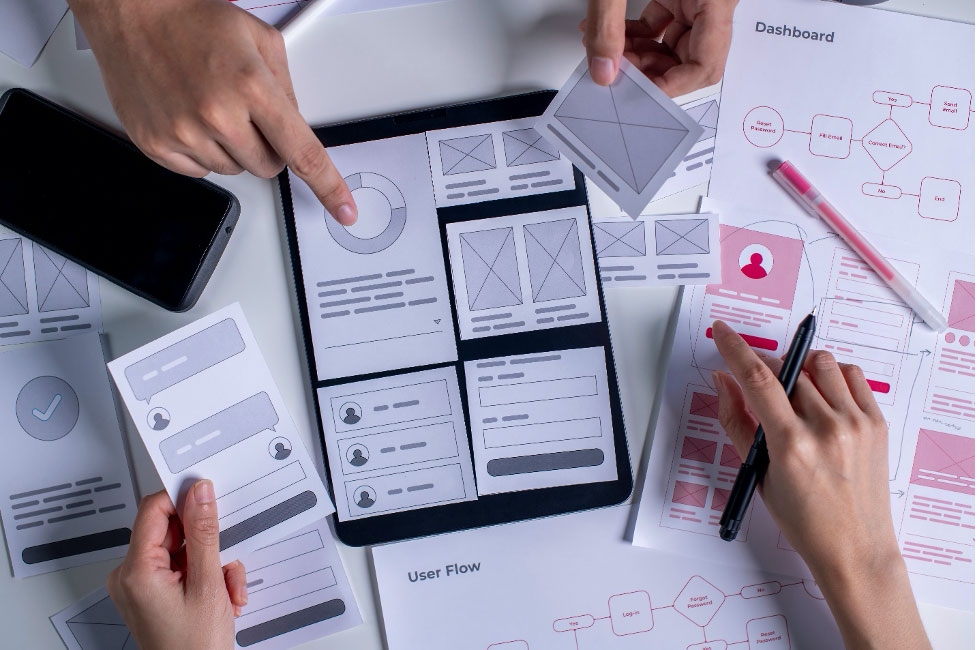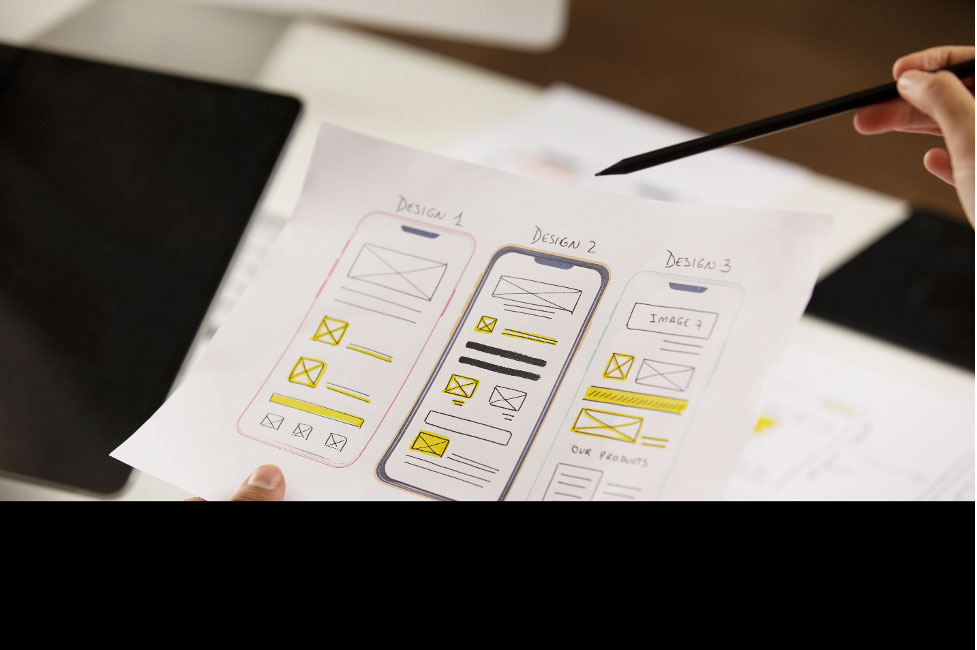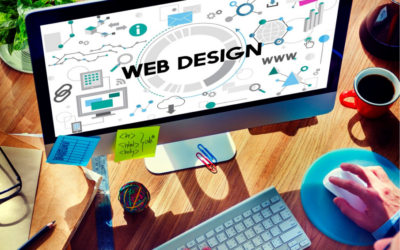UX (User Experience) Design and Why It’s Important for Your Website

Introduction
UX design – a term that’s everywhere these days. But what does it really mean? In simple terms, UX Design stands for User Experience and covers everything a user encounters – from landing pages to websites, products, communities, and services. But understanding the term isn’t enough; diving deep into what makes UX Design work is crucial. In today’s digital landscape, user experience (UX) design plays a key role in driving business success. From websites to mobile apps, businesses that prioritize UX design are reaping the rewards of enhanced customer engagement and increased conversions. This blog will explore the ins and outs of UX Design.
What is User Experience (UX)?
Before we delve into the importance of UX design, let’s get the basics right. UX design aims to provide users with an intuitive, efficient, and relevant experience. It focuses on understanding users, their needs, values, abilities, and limitations, all while aligning with business goals.
Importance of UX design
User experience design is crucial because it directly impacts how users interact with digital products or services. A well-designed user experience can make the difference between a frustrated user who abandons a website or app and a satisfied customer who completes a purchase or achieves their goal.
By understanding user behaviors, needs, and preferences, designers can craft interfaces that not only look visually appealing but also function effortlessly. Smooth navigation, clear information architecture, and intuitive interactions are just a few elements that contribute to a positive UX. These factors help users find what they’re looking for quickly and easily, reducing friction and

Additionally, UX design focuses on accessibility, ensuring that digital products are usable by individuals with disabilities. By incorporating inclusive design principles, businesses can reach a wider audience and provide equal access to their products and services.
Understanding User Experience (UX)
User experience encompasses every aspect of a user’s interaction with a digital product or service. It goes beyond just the visual design and includes factors such as usability, accessibility, and overall satisfaction. Understanding user experience requires gaining insights into user behaviors, motivations, and pain points.
UX research techniques such as user interviews, surveys, and usability testing provide valuable insights into user needs and expectations. By gathering data and feedback, designers can make informed decisions about how to improve the user experience.
UX design also considers the emotional aspect of user interaction. It aims to create positive emotions and build trust between users and the brand. By providing a delightful experience, businesses can leave a lasting impression on users, increasing the likelihood of repeat
The Elements of UX Design
UX design consists of various elements that work together to create a seamless and intuitive user experience. These elements include:
1. Information Architecture
Information architecture focuses on organizing and structuring information in a way that is logical and easy to navigate. It involves creating clear hierarchies, categorizing content, and designing intuitive navigation menus. A well-designed information architecture ensures that users can find what they’re looking for quickly and easily.
2. Interaction Design
Interaction design deals with the design of interactive elements such as buttons, forms, and menus. It aims to make interactions intuitive and enjoyable by providing clear feedback and visual cues. Well-designed interactions guide users through tasks and help them accomplish their goals efficiently.
3. Visual Design
Visual design focuses on the aesthetics of a digital product. It includes elements such as color schemes, typography, and imagery. Visual design enhances the overall look and feel of a product, creating a visually appealing and engaging experience for users.
4. Usability
Usability refers to how easy it is for users to accomplish their goals when using a digital product. A usable design takes into account factors such as learnability, efficiency, and error prevention. By designing for usability, businesses can ensure that users can complete tasks without frustration or confusion.
5. Accessibility
Accessibility is an important aspect of UX design that ensures digital products are usable by individuals with disabilities. It involves incorporating features such as alternative text for images,keyboard navigation, and captions for videos. By making products accessible, businesses can provide equal access to their services and reach a wider audience.
UX Design Process
The UX design process involves several stages that guide designers in creating effective user experiences. While the specific steps may vary depending on the project and team, the general process typically includes the following:
1. Research and Discovery
The research phase involves understanding the target audience, their needs, and the goals of the project. This stage may include conducting user interviews, surveys, and competitive analysis. The insights gathered during this phase inform the design decisions moving forward.
2. Ideation and Concept Development
In this stage, designers generate ideas and concepts based on the research findings. They may create wireframes, prototypes, or user flows to visualize the proposed solutions. Collaboration and iteration play a crucial role in refining ideas and arriving at the most effective design direction.
3. Design and Iteration
Once the concept is finalized, designers start creating high-fidelity designs. This involves refining the visual aesthetics, information architecture, and interaction design. Designers often work closely with developers and stakeholders to ensure feasibility and alignment with business goals.
4. Testing and Validation
Testing is a crucial step in the UX design process. It involves conducting usability tests with real users to identify any usability issues or areas for improvement. Feedback from users helps designers validate their design decisions and make necessary adjustments.
5. Implementation and Launch
After thorough testing and refinement, the final design is implemented and launched. Collaboration between designers, developers, and other stakeholders is crucial to ensure the design is implemented accurately and efficiently.

Examples of Successful UX Design in Business
Many businesses have successfully leveraged UX design to drive their success. Let’s explore a few examples:
1. Apple
Apple is renowned for its user-centric design approach. From its sleek hardware to its intuitive software interfaces, Apple products are designed with the user in mind. The seamless integration between devices and the emphasis on simplicity and elegance have contributed to Apple’s success and loyal customer base.
2. Airbnb
Airbnb revolutionized the travel industry with its user-friendly platform. The website and mobile app provide a seamless booking experience, with intuitive search filters, clear property descriptions, and a secure payment system. By putting user needs at the forefront, Airbnb has disrupted the traditional hotel industry and gained a significant market share.
3. Slack
Slack has transformed the way teams communicate and collaborate. With its clean and intuitive interface, Slack makes it easy for users to organize conversations, share files, and integrate with other tools. The emphasis on simplicity and usability has made Slack a go-to communication platform for teams of all sizes.
These examples highlight the power of UX design in driving business success. By prioritizing user experience, businesses can create products and services that resonate with their target audience and stand out from the competition.
How to Implement UX Design in Your Business
Implementing UX design in your business requires a strategic approach. Here are some steps to get started:
1. Understand Your Users
Start by gaining a deep understanding of your target audience. Conduct user research, gather insights, and define user personas to inform your design decisions.
2. Prioritize Usability
Make usability a top priority in your design process. Ensure that your digital products are easy to use, intuitive, and accessible to all users.
3. Iterate and Test
Regularly test and gather feedback from users to identify areas for improvement. Iterate on your designs based on user insights and make data-driven decisions.
4. Collaborate Across Teams
Effective UX design requires collaboration between designers, developers, and stakeholders. Foster a culture of collaboration and ensure that everyone understands the importance of user experience.
5. Stay Updated
Keep up to date with the latest trends and best practices in UX design. Attend conferences, read industry blogs, and participate in design communities to stay informed and continuously improve your skills.
By implementing UX design principles in your business, you can create digital products and services that delight users, drive conversions, and ultimately contribute to your overall business success.

Industry statistics and Trends
Well, a distinguished user experience is among the top reasons why customers choose one product or service over the other, aside from its pricing and other concerns such as security.
Even when it comes to pricing, 80% of people are willing to pay extra for a better user experience. This is why 70% of business leaders see UX and CX as competitive
1-48% of visitors say that a website’s design is the most crucial factor in deciding the brand’s credibility.
2-94% of a website’s first impressions are due to its design.
3-41% of customers prefer simple website design, while 59% want something stunning.
4-24.3% of companies spend $2,000 to 2,500 to web design.
5-13.51% of businesses put web design costs at $5,000 to $6,000.
6-46.1% of companies say UX design influences web design costs.
Conclusion:
In a world dominated by users, great UX design is paramount for business success and customer retention. The reputation of your brand, user efficiency, loyalty, conversions, and cost reduction – these are the fruits of investing in UX.
Want Exceptional UX for Your Website? Contact Us – Techtix
We specialize in creating user experiences that stand out. If you’re ready to elevate your website’s UX, contact us at Techtix. Our team is here to make your digital journey enjoyable, efficient, and user-friendly. Let’s transform your website into a place users love to explore. case studies.
If you want a web app, just drop an email at hello@techtix.co to contact the specialists in our team.



